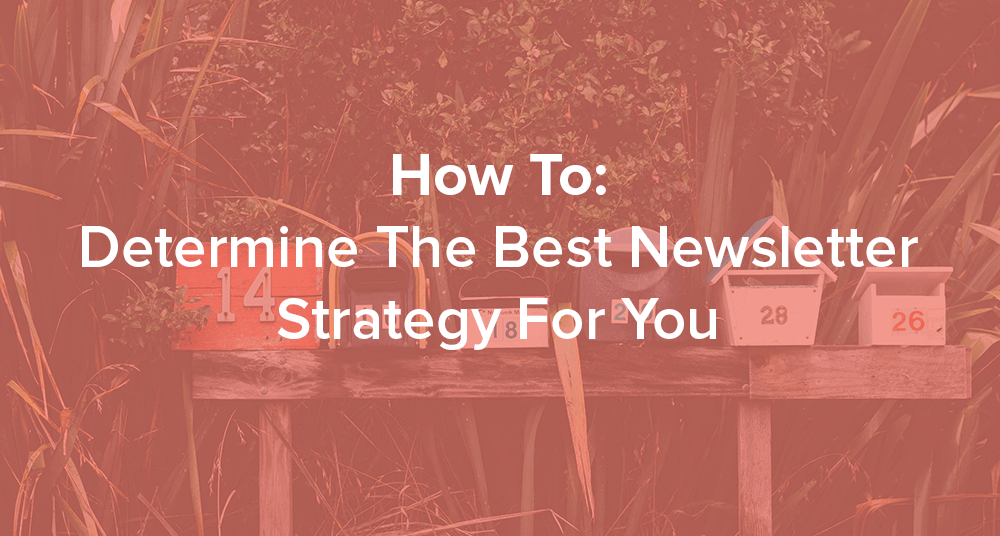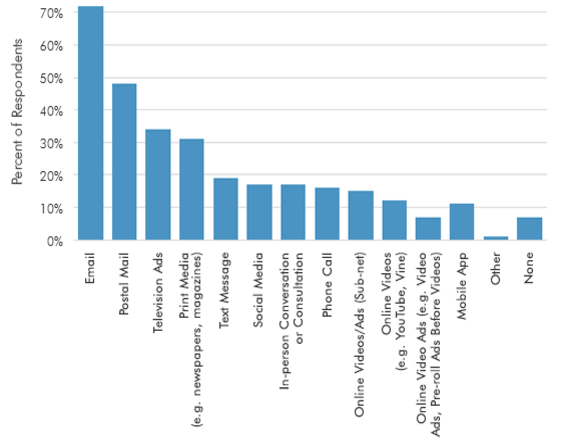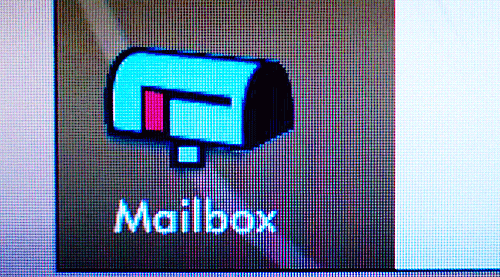You are viewing our site as a Broker, Switch Your View:
Agent | Broker Reset Filters to Default Back to ListHow to: Determine the Best Newsletter Strategy for You
July 11 2017

We've previously said that we don't think that email newsletters are the best way to generate leads but, just like anything else, there is a time and place for everything.
While newsletters aren't the best at attracting new people to make a purchase, we do believe that an advanced newsletter strategy has the power to increase brand recognition, loyalty, and a better relationship between a business and their readers.
Experts say that in order to achieve maximum readership and engagement, companies should provide both! Read ahead to hear why.
Digital Newsletters
Everyone and everything is going digital. From receipts to plane tickets, nearly everything is available at the touch of a button from your laptop, tablet, or smartphone. As a result, if you aren't already, you need to be changing your strategy and tapping into this market—especially when it comes to how you're communicating with your business network.
Why Should a Business Go Digital?
For a business, there are plenty of pros to incorporating a digital option into your newsletter strategy. Approximately 72 percent of people prefer to receive their business communications through email, making it a high-ranking option for a newsletter. Email keeps a business top of mind, and even if readers don't necessarily jump to read it, they still are reminded of your service, which can then spark them to visit your website or make an appointment.
Email and other digital newsletters also have the capability of measuring the success of a newsletter through metrics such as open-rate and time spent on the page. This is a feature that helps determine whether or not a newsletter is accomplishing a greater goal, and indicates if there needs to be change in distribution method, time, or content.

Consumer preferences of communication with brands.
Because newsletters are all online, it allows people to engage in a dialogue with one another and even the company. People have the ability to share, comment and discuss, which certainly has its benefits. If readers are satisfied, they often are excited to share positive experiences, which increases brand recognition and enhances a positive brand image. Readers are also able to address any additional concerns that the company can address quickly and efficiently.
Finally, because everything is digital, it is cost efficient! Depending on the service you choose to utilize, there is little to no cost to send a digital newsletter and, of course, there's no cost for readers to receive it. A win-win for everyone!
However, it doesn't come without drawbacks. Oftentimes with email, newsletters go unread. The average email user receives approximately 147 messages a day and deletes about 48 percent of them. As a result, it is easy to get lost in the email madness if you aren't sending them at the right time.

Email inbox overload
Additionally, readers do not typically want to read large amounts of content online. As a result, a business is limited to how much content they can produce in order to achieve maximum engagement.
Why Do Readers Want Digital Newsletters?
Digital newsletters also benefit the readers. They conform to the "go go go" lifestyle and allow readers to access it wherever and whenever. On the metro, on a lunch break, or waiting for a doctor's appointment, you name it and you can get access to a digital newsletter. They're also available on any device like a cell phone, tablet, or computer, which makes them easily accessible.
Oftentimes businesses allow readers to have a say in what is included in their newsletter. By providing preferences and checking what readers are most interested in, they are able to receive personalized content. This encourages readers to seek out and read the newsletters and continue to engage with the company.
The downside of a digital newsletter is that it can get lost in the email madness. Even if readers are searching for a newsletter, if it is not easily accessible, they may not go searching for it. Additionally, if there are too many newsletters sent, readers may feel inclined to unsubscribe.
Print Newsletters
Although we are in a digital age, there's something to be said for a classic print newsletter. It allows readers to hold it and physically connect with the material without the distractions on the web. Many of the pros and cons of print have been discussed, but we'll sum it up for you.
Why Do Businesses Want to Distribute a Print Newsletter?
There are still perks of taking the time and money to create a physical newsletter. On average, readers engage with a physical copy about 3 to 5 percent more than a digital copy. This is due to the lack of distractions and frequent interruptions.
Additionally, in a mostly 'digital' age, readers receive significantly less print. As a result, the company is likely to stand out and receive more engagement. Those who aren't keen on accessing digital newsletters still have an option that allows them to stay informed.

However, this is a costly option. Additionally, since it takes time to produce and distribute a paper copy, the material is less current. As a result, readers might look to other sources for more current news. Print news is also not shareable in an online forum and therefore does not spark conversation to create the brand recognition that many businesses are looking to achieve.
Why Do Readers Want to Receive a Print Newsletter?
Readers appreciate a physical copy of something. Similar to technology, it can be taken nearly anywhere, which allows people to read it whenever they have a free moment. Additionally, a physical copy is less distracting and allows readers to fully immerse themselves in the material. As a result, they are more likely to better absorb the material and the information you include.
However, some people view it as another thing to put in an already overstuffed bag, which discourages them from reading it. Additionally, readers are not receiving personal and current content. Instead, they are receiving a universal newsletter that, while informative, may not be addressing the content that they are looking for.
Striking a Balance
By using both print and digital distribution methods, both consumers and companies are satisfied with the scope, frequency, depth, and quality of content. Digital is better for a reader that is looking for connections to current events, personalized newsletters, and customizable features.
However, print is able to satisfy those that are looking to focus, read more in-depth content, and simply read something. Since they both have the potential to target various audiences and fulfill different needs, it is recommended that any newsletter strategy include them both if it doesn't already!
By only utilizing one option, you are not reaching the full potential that a newsletter has and, as a result, are communicating less with your readers.
To view the original article, visit the Contactually blog.









